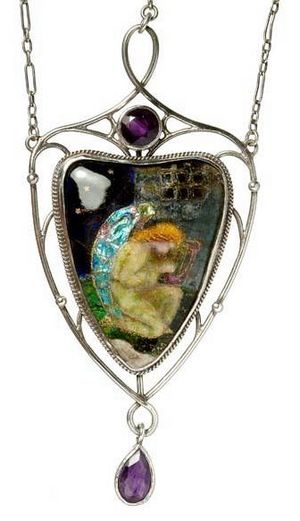Louise Eates facts for kids
Quick facts for kids
Louise Eates
|
|
|---|---|

Postcard of Eates by Glenn Hinshaw
|
|
| Born |
Louise Mary Peters
1877 |
| Died | 1944 |
| Nationality | British |
| Education | The Mary Erskine School |
| Known for | chair of Kensington Women's Social and Political Union |
| Spouse(s) | Dr Augustus Reginald Eates |
| Children | one |
Louise Mary Eates (born Peters; 1877–1944) was an important British activist. She fought for women's right to vote. She led the Kensington branch of the Women's Social and Political Union (WSPU). Louise Eates also worked to improve education for women.
Contents
Early Life and Marriage
Louise Mary Peters was born in Richmond, Yorkshire in 1877. She went to school at Edinburgh Ladies College. This was a school for girls in Edinburgh.
In 1901, she married Augustus Reginald Eates. He was a doctor. Louise became interested in the working conditions of women. She helped lead a group that studied these conditions.
Her husband also encouraged her to care about public issues. He supported her work for women's voting rights.
Joining the Suffrage Movement
Louise Eates joined the Women's Social and Political Union (WSPU) around 1906. This group worked hard to get women the right to vote. She quickly became the leader of the Kensington branch. She led this group from 1906 to 1910.
In 1907, Louise hosted meetings at her home. She invited other women to learn about the suffrage cause. She paid Minnie Baldock, a WSPU speaker, to talk about why voting was important for working women.
Louise wanted her guests to hear from real working women. So, Minnie Baldock brought Jane Sbarborough with her. Later, these two speakers were arrested for their activism.
Louise invited speakers again, including Emmeline Pankhurst. These meetings helped rich women understand the struggles of poor women. They also helped raise money for the WSPU.
Her branch was very active. They sold almost 26,000 copies of the Votes for Women newspaper. They also opened a special "Votes for Women" shop in Kensington.
A picture of Louise Eates was made into a postcard. It showed her wearing a large hat. This postcard supported women's right to vote. A copy of it is kept at the Museum of London.
Fighting for the Vote
In March 1909, Louise Eates was arrested. She and eight other women tried to meet the Prime Minister. They went to the entrance of the House of Commons. She was sent to prison for one month.
After she was released from prison, her supporters celebrated. They held a meeting at the old Kensington Town Hall. They also greeted her at the prison gates.
A special piece of jewelry was made for Louise. It was an enamel silver pendant. It showed a winged figure of Hope singing outside prison bars. It had stones in the WSPU colors: purple, white, and green. This pendant is now at the Museum of London.
In 1910, Louise helped the WSPU with election campaigns. She organized large marches in Kensington. She also spoke at a big rally in Hyde Park. She traveled around the country, speaking in the Midlands and Wales.
From 1910 to 1913, Louise and her husband lived in India and Vienna. They returned to London later.
When World War I started in 1914, Louise joined a new group. It was called the United Suffragists. This group welcomed both women and men who supported voting rights. They continued to publish Votes for Women. The group stopped when some women finally got the right to vote in 1918.
Later Life and Legacy
After the fight for votes, Louise continued her public work. From 1917 to 1923, she helped run a center for babies and young children. She also taught classes for the Workers' Educational Association.
In the 1920s, she was involved with the Women's Institutes in Kent. She moved there in 1924. Back in London in 1927, she taught classes at the Young Women's Christian Association. She led classes on citizenship and debating.
Louise Eates had one daughter, Margot Eates. Margot became a curator and art historian. She worked at the Museum of London.
Louise Eates passed away in London in 1944. She was a dedicated activist who worked hard for women's rights and education throughout her life.



